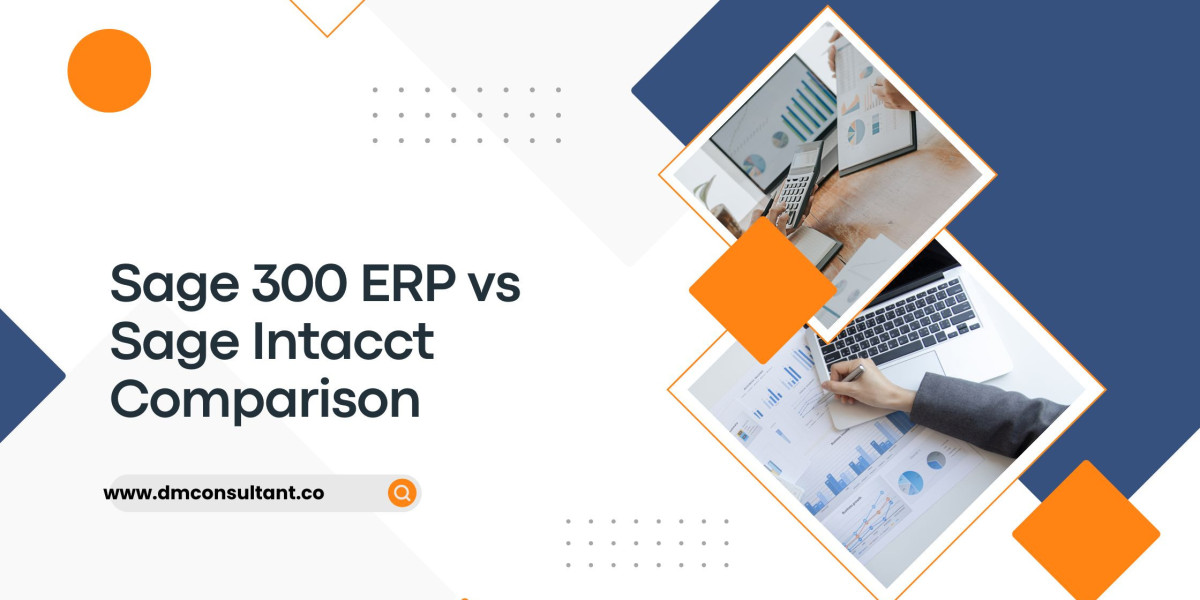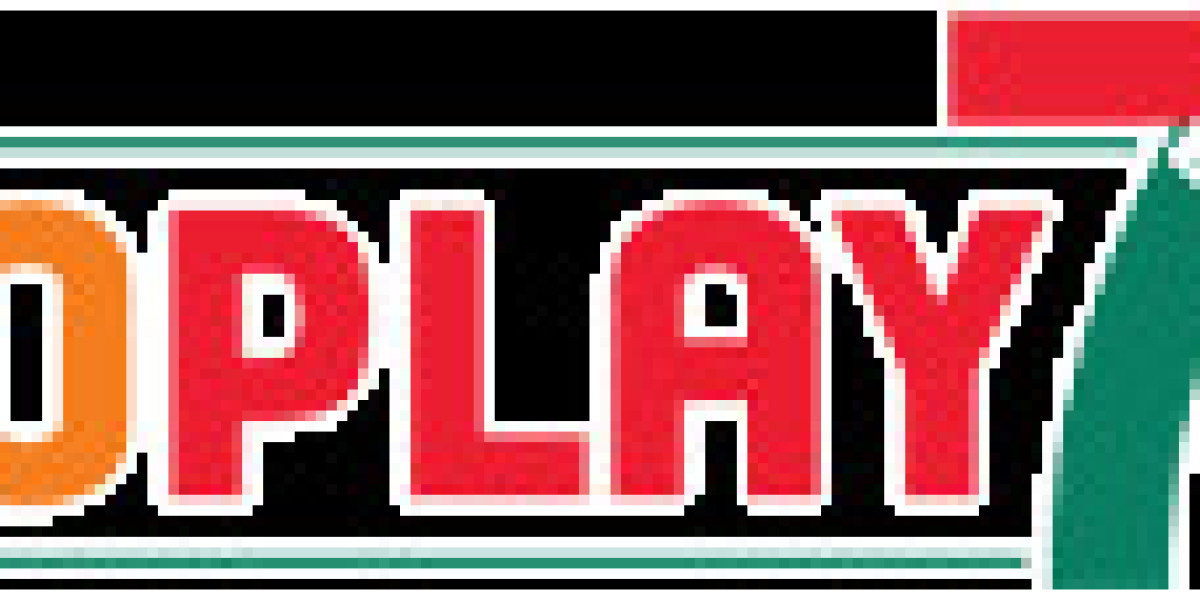When it comes to selecting the right ERP system for your business, it's crucial to understand the distinct features, capabilities, and limitations of each option. Sage 300 ERP and Sage Intacct are two prominent solutions in the market, each designed to meet specific business needs. This blog will delve into the key differences between Sage 300 ERP vs Sage Intacct, providing a comprehensive comparison to help you make an informed decision.
Overview of Sage 300 ERP and Sage Intacct
Sage 300 ERP, previously known as Sage Accpac, is a versatile ERP solution tailored for small to medium-sized businesses. It offers a range of modules, including financial management, inventory control, order entry, and project management. Sage 300 ERP is available in both on-premises and hosted environments, providing flexibility for businesses with different deployment preferences.
Sage Intacct, on the other hand, is a cloud-based financial management system known for its powerful core financials and robust reporting capabilities. Designed primarily for mid-sized companies and enterprises, Sage Intacct offers advanced features like multi-entity, multi-currency management, and real-time financial insights. As a cloud-native solution, Sage Intacct is accessible from anywhere with an internet connection, making it ideal for modern, growing businesses.
Key Differences Between Sage 300 ERP and Sage Intacct
1. Deployment and Accessibility
- Sage 300 ERP: Offers both on-premises and cloud-hosted options. The on-premises version provides full control over data and customization, which can be beneficial for companies with specific security or compliance needs. However, it requires significant upfront investment in hardware and IT infrastructure. The hosted version, while reducing hardware costs, still lacks some of the flexibility and real-time capabilities of cloud-native solutions.
- Sage Intacct: A fully cloud-based solution, Sage Intacct requires no on-premises hardware, offering significant cost savings on infrastructure. It provides seamless updates and accessibility from any location, making it a flexible choice for businesses with remote workforces or multiple locations. The cloud-native nature also means that data is backed up automatically, and users always have access to the latest features and security updates.
2. Financial Management and Accounting
- Sage 300 ERP: Provides robust financial management features, including comprehensive general ledger, accounts payable and receivable, cash management, and multi-currency support. It excels in handling complex accounting needs, particularly for industries with specific reporting requirements. Sage 300 ERP also offers strong project accounting capabilities, making it suitable for businesses involved in extensive project-based work.
- Sage Intacct: Specializes in financial management with a strong focus on core financials. It supports multi-entity, multi-book, and multi-currency accounting, making it ideal for organizations with complex, global financial structures. Sage Intacct offers advanced automation features, such as automated workflows and approvals, which streamline financial processes and reduce manual data entry. Its powerful, real-time reporting and dashboard capabilities provide deep insights into financial performance, aiding strategic decision-making.
3. Scalability and Flexibility
- Sage 300 ERP: While scalable, Sage 300 ERP may require significant customization and additional modules as businesses grow. Its on-premises nature can limit its scalability, particularly for companies expanding rapidly or operating in multiple locations. The solution's flexibility is also somewhat constrained compared to cloud-native platforms, as integrating with other systems may require custom development.
- Sage Intacct: Highly scalable and flexible, Sage Intacct is designed to grow with your business. Its cloud architecture allows for easy expansion across multiple entities, locations, and currencies. Sage Intacct's open API architecture enables seamless integration with other best-in-class systems, such as CRM, payroll, and other business applications. This flexibility makes it an excellent choice for companies looking to build a connected technology ecosystem.
4. User Interface and Experience
- Sage 300 ERP: Features a traditional, menu-driven user interface. While functional, it may appear dated compared to more modern systems. The learning curve can be steep, particularly for new users or those unfamiliar with ERP systems. However, the interface is highly customizable, allowing users to tailor it to their specific needs.
- Sage Intacct: Offers a modern, intuitive user interface that is easy to navigate. Its cloud-based design ensures a consistent experience across devices, including desktops, tablets, and smartphones. Sage Intacct's user experience is designed to be user-friendly, with customizable dashboards and real-time reporting that provide instant access to critical data.
5. Integration and Ecosystem
- Sage 300 ERP: Supports integration with various Sage and third-party applications. However, integrating with additional systems may require more effort and technical expertise, especially for custom solutions. Sage 300 ERP has a range of add-ons and modules to extend its functionality, but these may not be as seamlessly integrated as cloud-native alternatives.
- Sage Intacct: Boasts a robust integration ecosystem with pre-built connectors for popular business applications like Salesforce, ADP, and others. Its open API allows for easy integration with other software, providing a comprehensive and connected business solution. Sage Intacct's marketplace offers a wide range of third-party applications, enabling businesses to extend their system's capabilities with minimal effort.
6. Implementation and Support
- Sage 300 ERP: Implementation can be more complex and time-consuming, particularly for on-premises deployments. It often requires a dedicated IT team or third-party consultants for installation, customization, and maintenance. However, Sage provides extensive support, training, and a network of certified partners to assist with the process.
- Sage Intacct: As a cloud-based solution, Sage Intacct offers a faster and more straightforward implementation process. Its user-friendly interface and built-in configuration tools make it easier to set up and customize. Sage Intacct provides comprehensive support, including online resources, training, and a robust user community. Regular updates and maintenance are managed by Sage, reducing the burden on in-house IT teams.
Pros and Cons of Sage 300 ERP and Sage Intacct
Sage 300 ERP
Pros:
- Strong financial management and project accounting capabilities.
- On-premises deployment offers control over data and customization.
- Suitable for businesses with complex accounting needs.
Cons:
- Limited flexibility and scalability compared to cloud-native solutions.
- Higher upfront costs for hardware and IT resources.
- Steeper learning curve and traditional user interface.
Sage Intacct
Pros:
- Cloud-based with real-time access and automatic updates.
- Advanced financial management features, including multi-entity and multi-currency support.
- Highly scalable and flexible, with a robust integration ecosystem.
- Modern, intuitive user interface and user-friendly experience.
Cons:
- Ongoing subscription costs may be higher over time.
- Requires internet access for full functionality.
- Primarily focused on financial management, with fewer operational modules than traditional ERPs.
Conclusion: Choosing the Right Solution
When choosing between Sage 300 ERP and Sage Intacct, it's essential to consider your organization's specific needs, budget, and long-term goals. Sage 300 ERP is an excellent choice for small to medium-sized businesses with complex accounting requirements and those that prefer an on-premises solution. It offers strong financial management capabilities and customization options, making it suitable for industries with specific needs.
Sage Intacct, on the other hand, is ideal for growing mid-sized businesses and large enterprises that prioritize flexibility, scalability, and advanced financial capabilities. Its cloud-native design offers real-time access, ease of use, and seamless integration with other systems. Sage Intacct's robust financial management features make it particularly well-suited for organizations with multi-entity, multi-currency, or multi-location structures.
Ultimately, the decision will depend on your business's unique requirements and future growth plans. Consulting with an ERP expert or a certified Sage partner can provide additional insights and help you choose the solution that best aligns with your business objectives.








